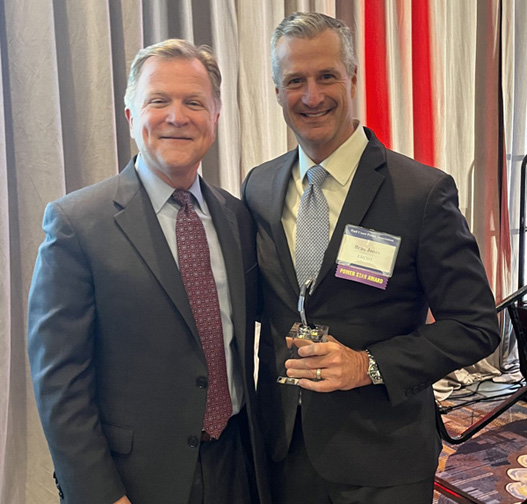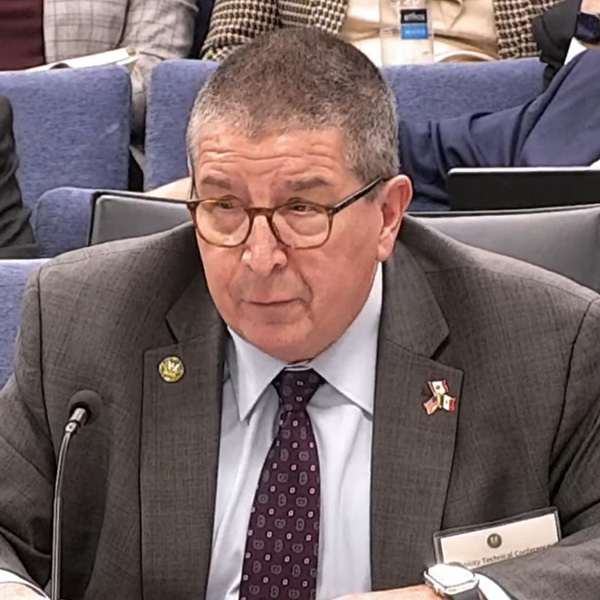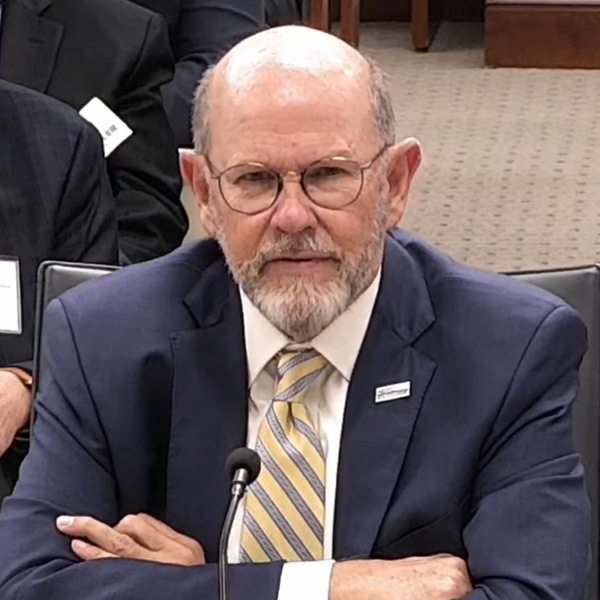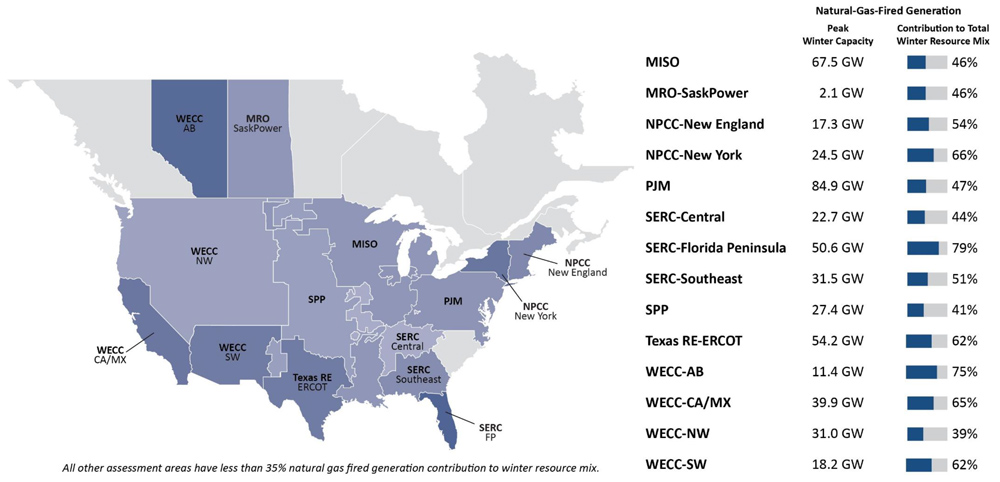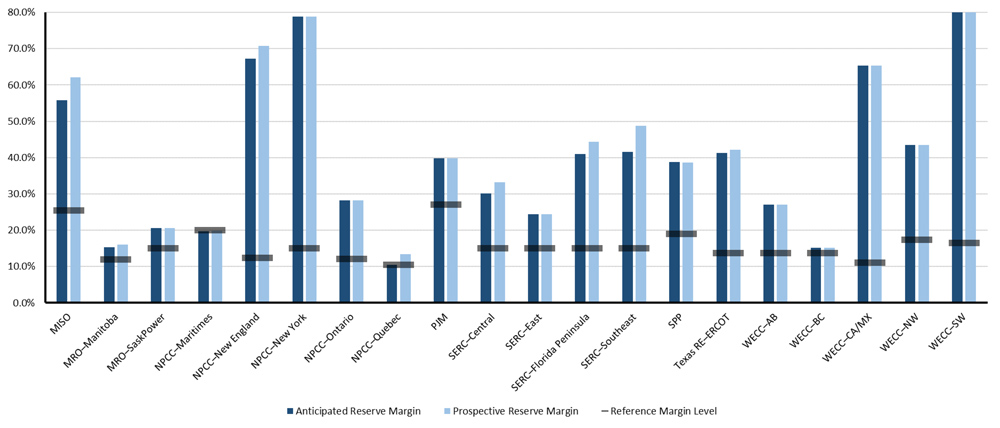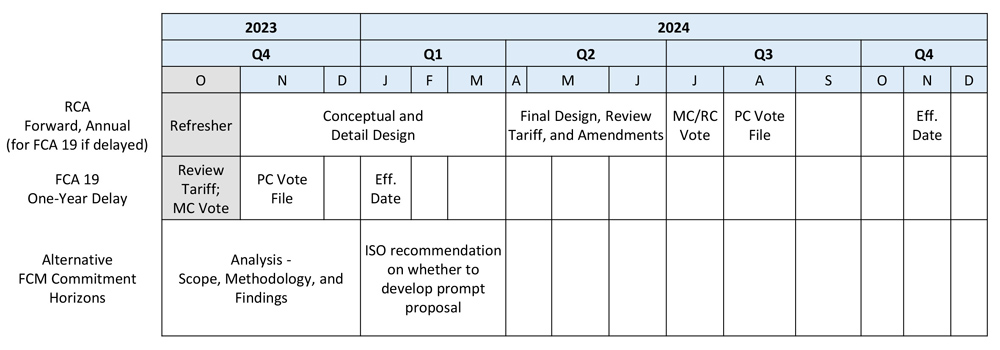The California Public Utilities Commission has stepped up its coordination with the state’s Workforce Development Board (CWDB) to ensure that new clean energy jobs build pathways into the middle class for the disadvantaged communities that bear a disproportionate share of climate change impacts.
The two agencies discussed their partnership in an Oct. 17 Environmental and Social Justice High Road Workforce En Banc workshop, which included panels covering tribal workforce development, utility efforts to promote jobs in energy and more.
The CPUC and CWDB have been working independently and together for the past several years to advance what they call “high road careers” that address climate change. In 2019, the CPUC adopted its Environmental and Social Justice Action Plan, while the CWDB in 2020 released Putting California on the High Road, a plan for integrating economic and workforce development in climate policy to meet California’s greenhouse gas emissions targets by 2030 and achieve a carbon neutral economy by 2045. Both plans emphasize labor as an investment — not a cost — that can positively affect returns on social equity and climate action.
In 2020, CPUC and CWDB signed a Memorandum of Understanding following Democratic Gov. Gavin Newsom’s Executive Order N-79-20 to accelerate climate change mitigation and build a more sustainable and inclusive economy. The MOU aims to build a framework to ensure investments in clean energy result in high-quality jobs and greater access to career opportunities for disadvantaged Californians.
The MOU “really focuses on the role of agencies like the CPUC as an influencer on the kinds of jobs that are created as we implement our green and climate policies and our funding programs,” Carol Zabin, senior advisor for the UC Berkeley Labor Center’s Green Economy Program, said at the workshop. “That, to me, is by far the key element that we need to focus on.”
Zabin said about three-quarters of the jobs involved in energy efficiency and renewable energy generation work are blue-collar, which, without unions or strong labor standard requirements, tend to be “low road,” low-wage positions with poor benefits and a lack of upward mobility. One of the goals laid out in the CWDB’s 2020 report is a just transition for blue-collar workers into the climate and energy workforce.
The MOU in Action
CPUC Executive Director Rachel Peterson described one step the agency took to advance the goals in the MOU: the 2019 rollout of the Solar on Multifamily Affordable Housing (SOMAH) Project. The program provides financial incentives for installing solar panel systems in disadvantaged communities, identified as the 25% most pollution-burdened census tracts in the state, according to CalEPA’s environmental health screening tool CalEnviroScreen. More than 35,000 tenants have benefited from the program.
But SOMAH also provides job training opportunities, with 850 individuals participating in paid job training on solar panel installation.
The commission also emphasized its work with Pacific Gas and Electric to train line clearance tree trimmers, who prevent vegetation from obstructing electrical lines. As part of a $1.97 billion settlement for PG&E’s role in the 2017 and 2018 fires in Northern California, the CPUC ordered the utility to start a multiweek training program for pre-inspector training and certificates. PG&E also was required to create a tree crew training and certificate program in partnership with the International Brotherhood of Electrical Workers.
Representatives from the California-Nevada Joint Apprenticeship Training Committee (JATC) Line Clearance Tree Trimmer Certification program emphasized the importance of vegetation management in wildfire prevention. Despite the tangential connection between climate-caused wildfires and those sparked by electrical lines, Dan Kallai, training coordinator with JATC, said the position was crucial to climate mitigation.
“Line clearance tree trimmers are directly mitigating the effects of climate change and reducing the number of wildfires and associated carbon emissions,” he said. “Furthermore, they keep the power grid running safely and efficiently by preventing power outages and the costly loss of our electrical resource to ground faults.”
The program also is succeeding in creating high road careers. In 2019, SB 247 brought vegetation management under the scope of wildfire mitigation in California, and in January 2020 the law raised tree trimmer wages to match those of electrical utility linemen apprentices, giving them “skilled labor” status. Since January 2022, more than 2,300 people have enrolled in the program.
Collaboration with Tribal Communities
California officials also are working to create access to high road careers in green energy in the state’s tribal communities.
“There’s so much opportunity to partner with tribes, elevate tribal perspectives and learn from tribal experiences, but we can’t do this without first acknowledging the historical elephant in the room that the state has a lot to make up for in terms of tribal wellness and government integrity,” said Christina Snider-Ashtari, tribal affairs secretary to Newsom. “How do we start to disentangle that and provide more equitable access, more equitable job creation and workforce in those areas from a Native perspective, not from the perspective of a government that is responsible for those problems?”
Grid Alternatives, a nonprofit solar organization with a mission to advance environmental justice through access to renewable energy, is looking to address that question.
The organization partners with tribes to finance and implement solar projects that include education, training and energy cost reductions. Since 2010, Grid Alternatives has helped 50 tribes install 7.7 MW of power across eight states. Its grant program, the Tribal Solar Accelerator Fund, has awarded $7.3 million for a variety of solar-related projects, including helping tribes own their systems, as well as providing funding for scholarships, internships and workforce development opportunities in the solar industry.
Next Steps
While some programs already have succeeded in advancing workforce development in climate-related careers, there is more to be done to ensure the goals outlined in the MOU are achieved. The CPUC and CWDB recognize the challenge of measuring future outcomes.
“How do we know that people have actually moved into a high road career pathway?” Peterson said. “I’d like to see three years from now, four years from now, that people have been able to take advantage of these pathways.”
